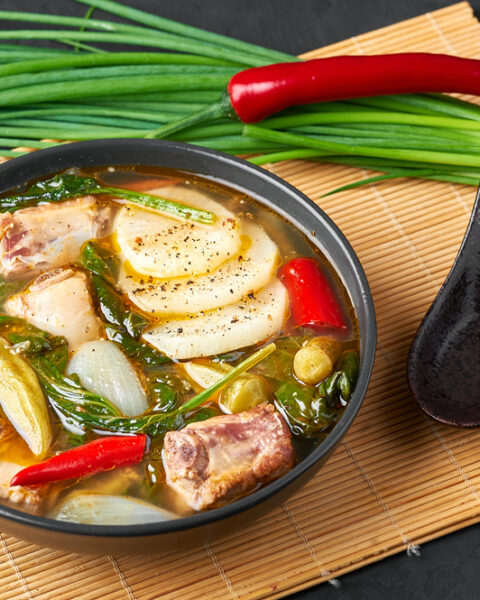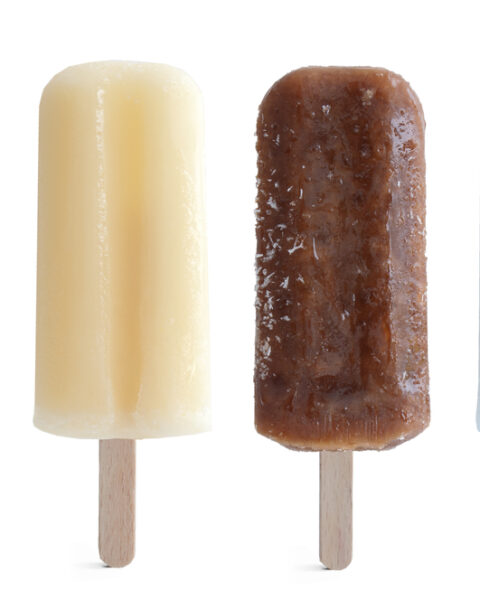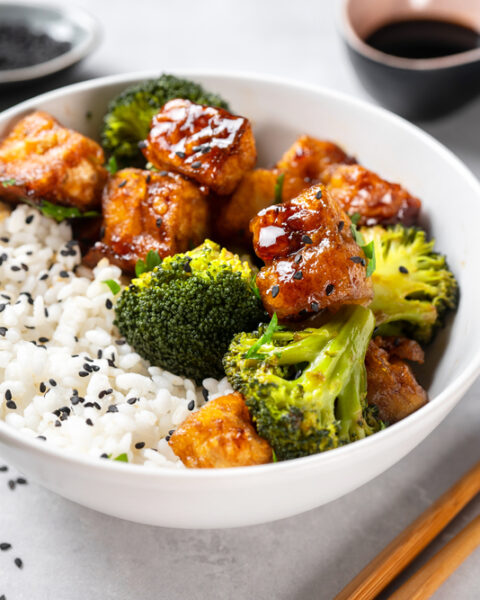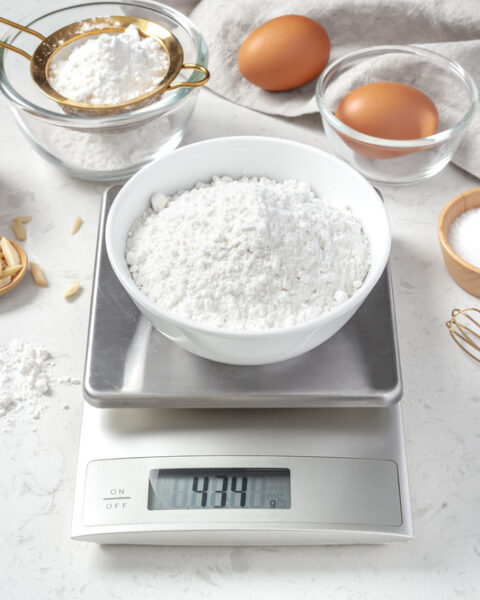Cooking the perfect steak can be a real game-changer for your meals, but knowing which cuts to buy and which to avoid is important. There’s a world of difference between a succulent ribeye and a tough round steak. With insights from top chefs, this guide will help you navigate the meat counter like a pro. Whether you’re planning a special dinner or just want a reliable cut for your weekday meals, understanding the best and worst steak options can save you time and ensure a delicious result every time.
Contents
- 1 To Buy: Ribeye Steak
- 2 To Buy: Tenderloin Steak
- 3 To Avoid: Round Steak
- 4 To Buy: T-Bone Steak
- 5 To Buy: Porterhouse Steak
- 6 To Avoid: Denver Steak
- 7 To Avoid: Skirt Steak
- 8 To Avoid: Flank Steak
- 9 To Buy: Flat Iron Steak
- 10 To Avoid: Blade Steak
- 11 To Buy: New York Strip
- 12 To Avoid: Oxtail
- 13 To Buy: Prime Rib
- 14 To Avoid: Bottom Sirloin
- 15 To Buy: Hanger Steak
- 16 To Avoid: Tri-Tip Steak
- 17 To Buy: Chuck Steak
- 18 More from RetailShout
- 19 11 Key Facts About Canned Salmon You Should Know
- 20 14 Best Ready-to-Eat Food Deals at Costco
To Buy: Ribeye Steak
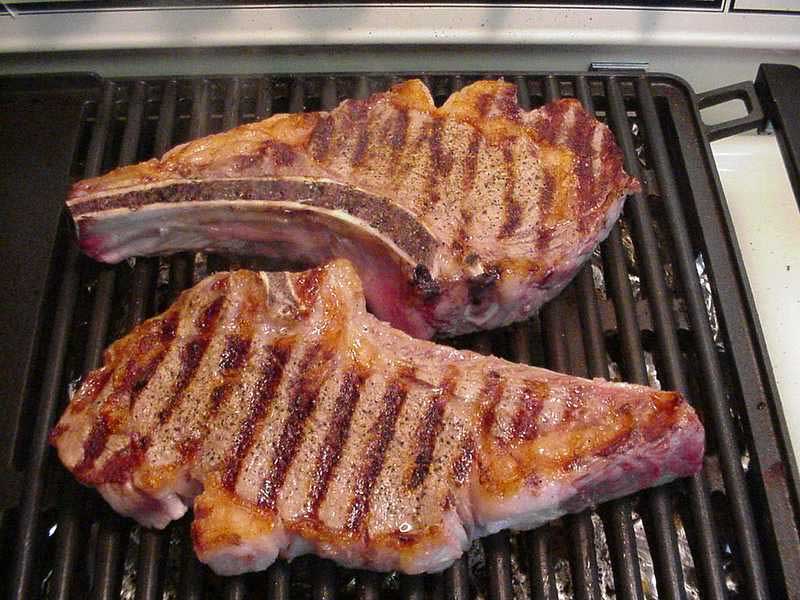
Ribeye steak is often hailed as the king of steaks, known for its rich marbling and intense flavor. The high-fat content melts during cooking, creating a juicy and tender texture that’s hard to beat. Ribeyes are versatile and can be grilled, broiled, or pan-seared to perfection. One reason to buy a ribeye is its ability to remain flavorful and moist, even when cooked to higher temperatures. However, the high-fat content can be a downside for those looking for a leaner cut. Overall, ribeye is a luxurious choice for any steak lover.
To Buy: Tenderloin Steak
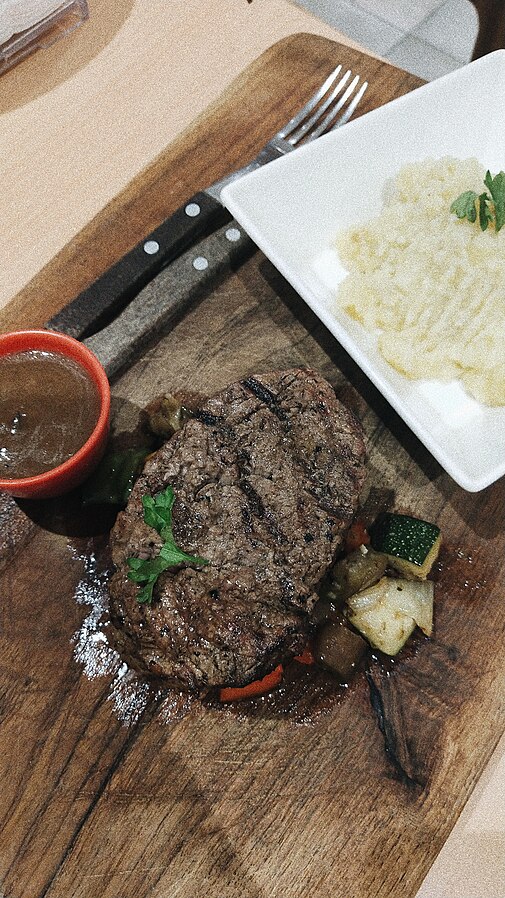
The tenderloin, also known as filet mignon, is celebrated for its buttery tenderness. It’s cut from the most tender part of the cow, making it an excellent choice for those who prefer a melt-in-your-mouth experience. This steak is perfect for special occasions due to its delicate texture and mild flavor. One reason to buy tenderloin is its ease of preparation, requiring minimal seasoning to shine. However, it lacks the robust flavor found in fattier cuts like the ribeye. Despite this, its tenderness makes it a prized cut among steak enthusiasts.
To Avoid: Round Steak
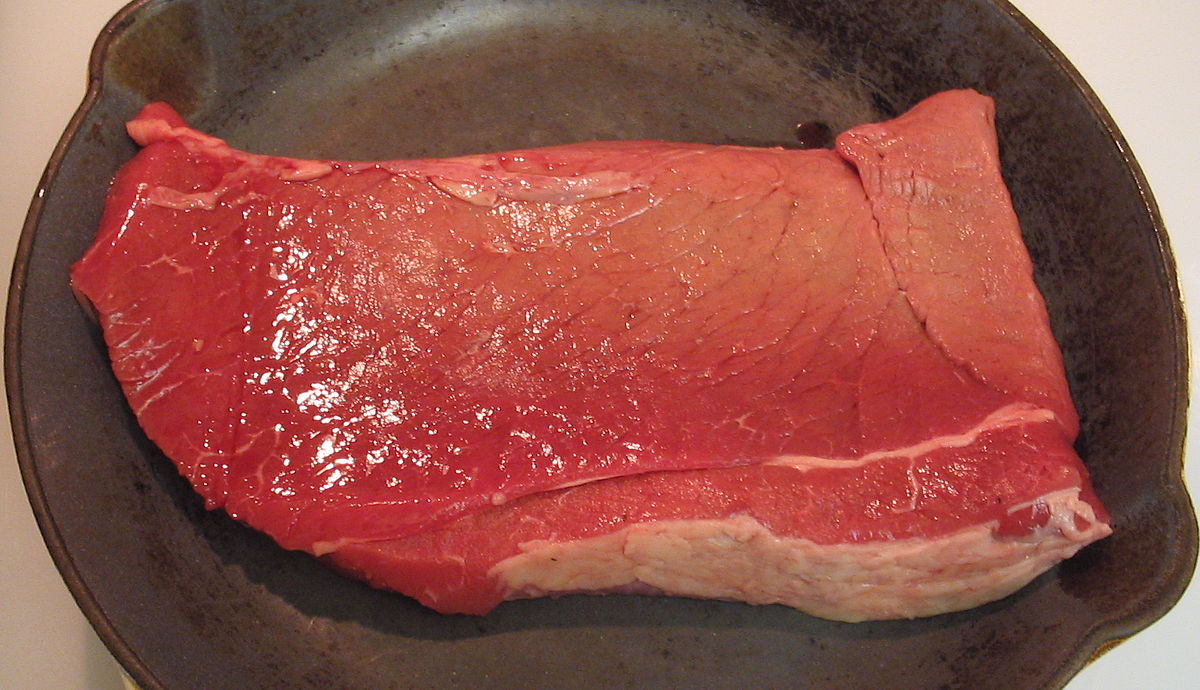
Round steak is a lean cut from the rear leg of the cow, known for being tough and less flavorful. It’s often used for making ground beef or cube steak due to its toughness. While it’s a budget-friendly option, it requires marinating or slow cooking to become palatable. The low-fat content means it can easily become dry and chewy if not prepared correctly. For those seeking a quick and easy steak, this cut might disappoint. Its best use is in dishes where it’s cooked slowly to break down the tough fibers.
To Buy: T-Bone Steak
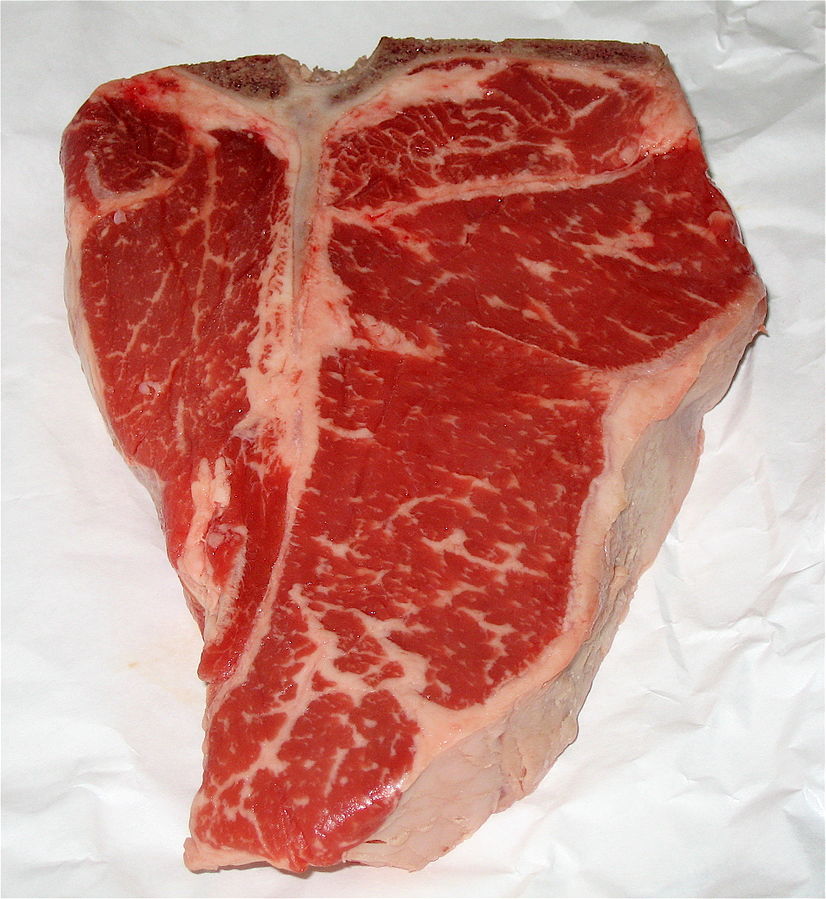
T-bone steak offers the best of both worlds, combining the tenderness of the tenderloin with the rich flavor of the strip steak. This cut is perfect for grilling, providing a dramatic presentation and a variety of textures. One reason to buy a T-bone is its versatility in cooking methods and flavor profiles. The T-shaped bone helps to retain moisture, making it juicy and flavorful. However, it can be more expensive and requires careful cooking to ensure even doneness. Its combination of texture and flavor makes it a favorite among steak aficionados.
To Buy: Porterhouse Steak
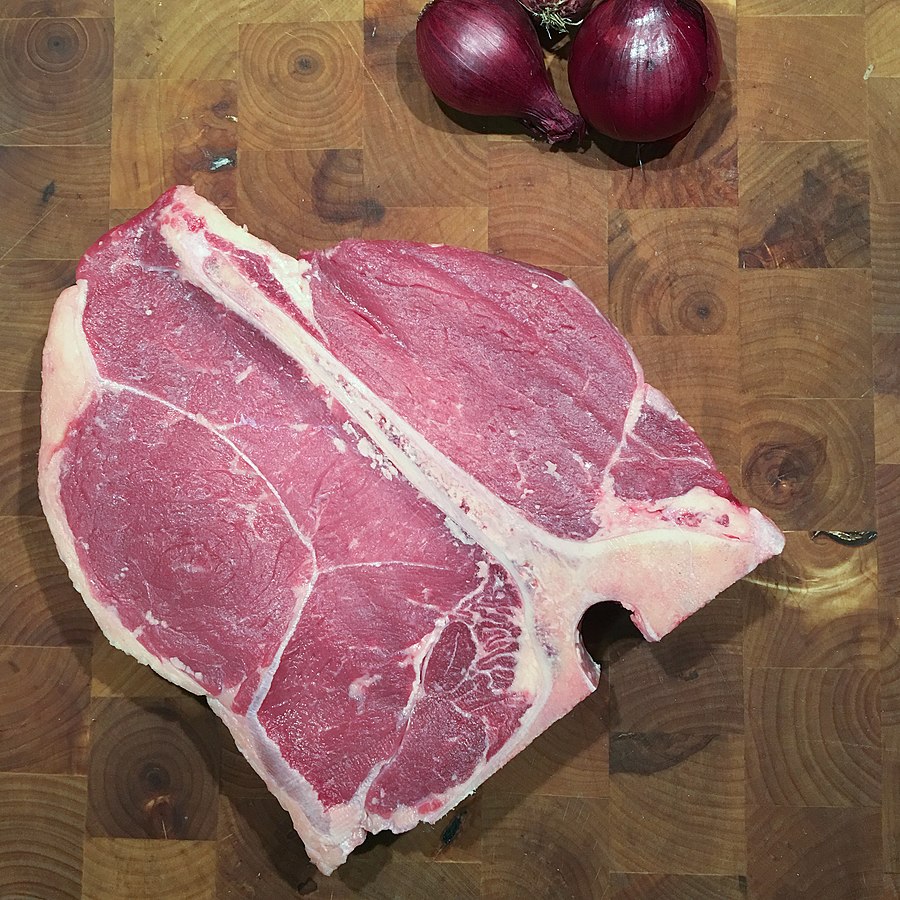
Porterhouse steak is similar to the T-bone but with a larger portion of tenderloin, making it a hearty and flavorful choice. This cut provides a satisfying combination of tenderloin and strip steak in one. Ideal for grilling, the Porterhouse is perfect for sharing due to its large size. One reason to buy Porterhouse is its robust flavor and tenderness. It requires careful cooking to ensure both sides reach the desired doneness. For steak lovers looking for variety and size, the Porterhouse is an excellent option.
To Avoid: Denver Steak
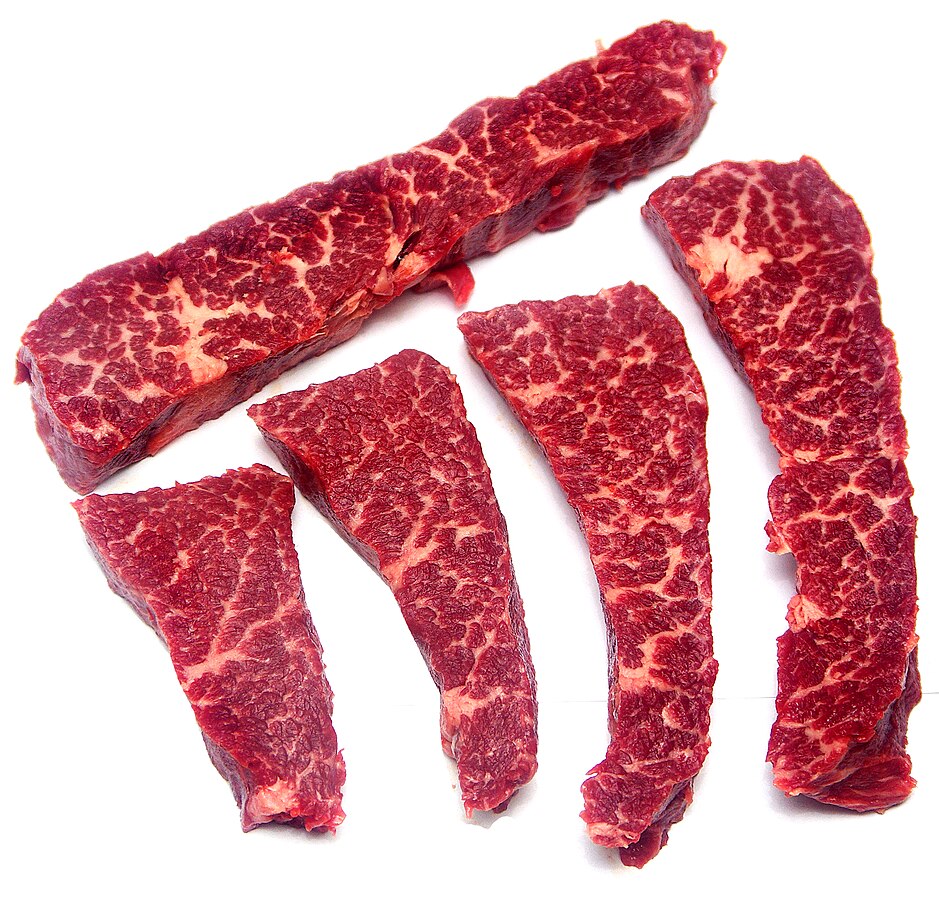
Denver steak is a relatively new cut, known for its rich marbling and beefy flavor. Despite its potential, it can be inconsistent in tenderness and quality. This cut is best when cooked medium-rare to medium to avoid toughness. While it’s affordable and flavorful, the varying texture can be disappointing. Denver steak is ideal for those who enjoy experimenting with different cuts and cooking methods. However, for those seeking reliability and consistent tenderness, it might not be the best choice.
To Avoid: Skirt Steak
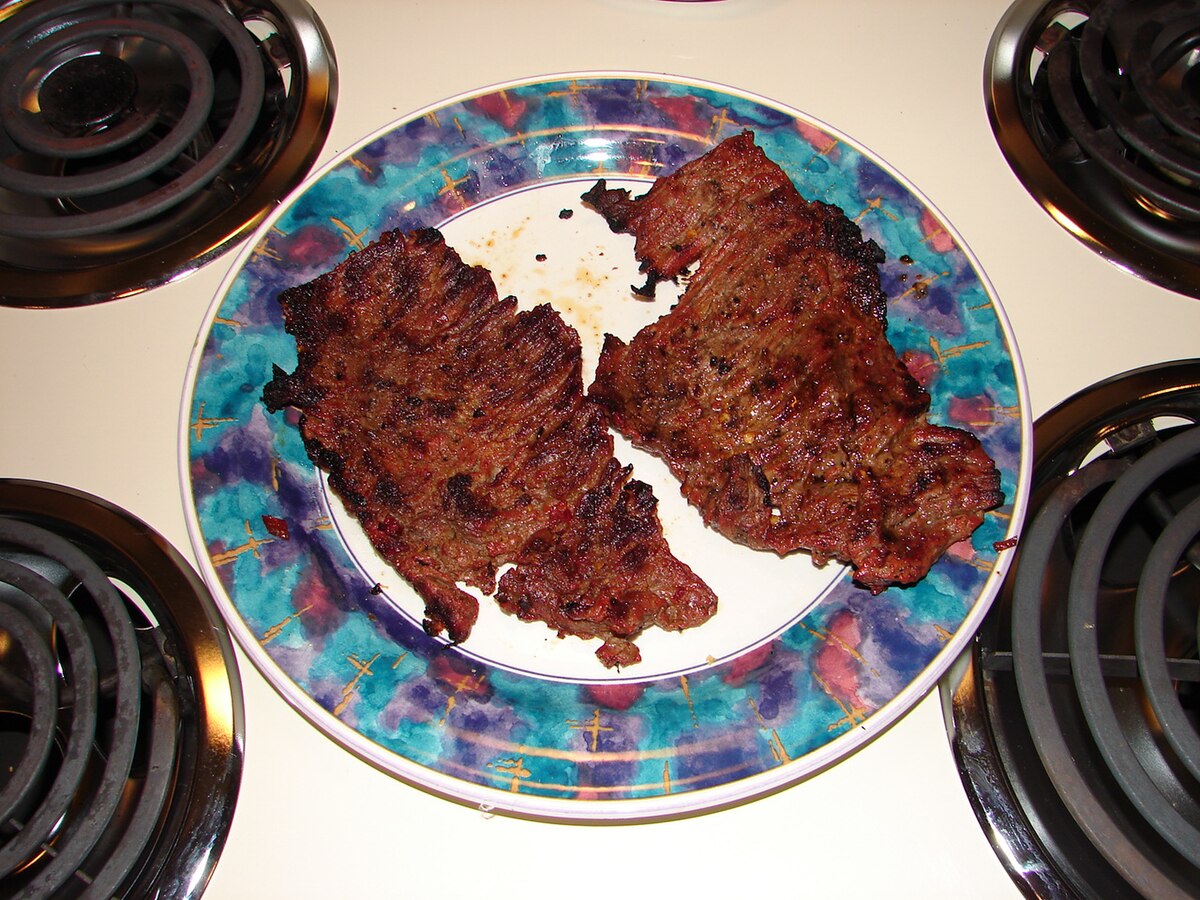
Skirt steak is known for its strong, beefy flavor but can be tough and chewy if not cooked and sliced properly. It’s often used in fajitas and stir-fries due to its rich taste and versatility. Skirt steak requires marinating and quick, high-heat cooking to enhance its texture. Despite its flavor, the chewiness can be off-putting for some. It’s an economical choice and great for dishes with bold seasonings. However, for those seeking a tender and easy-to-cook steak, it might not be the best option.
To Avoid: Flank Steak
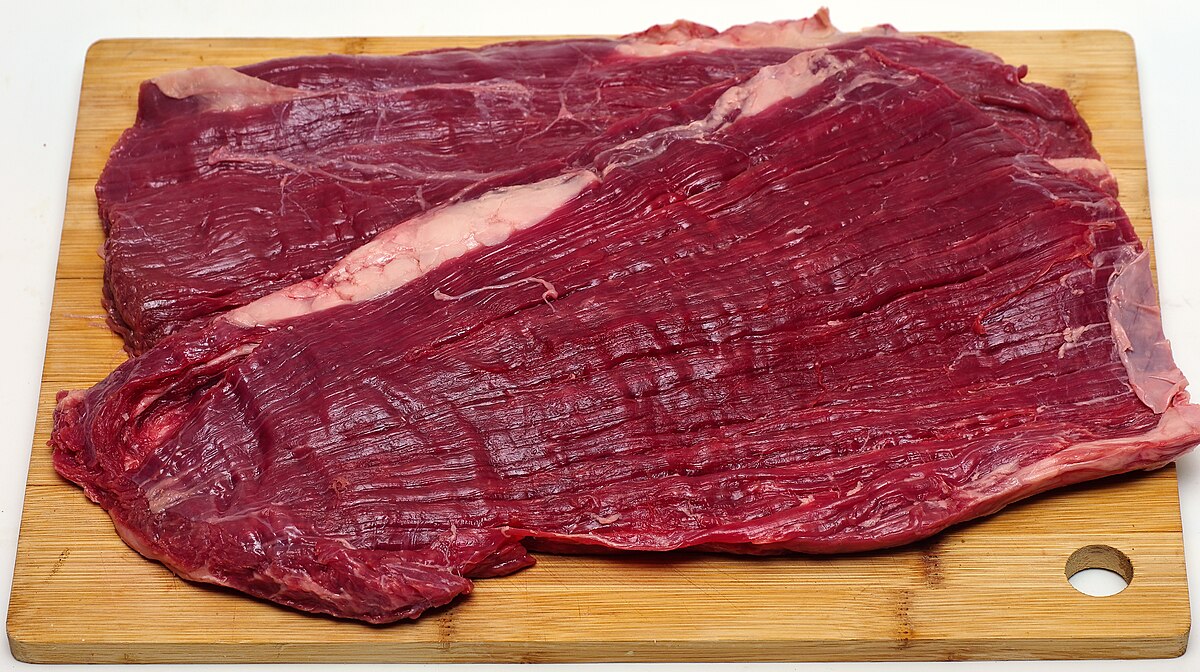
Flank steak is a lean cut known for its intense beefy flavor but can be very tough if not prepared correctly. It’s best suited for marinating and high-heat cooking methods like grilling or broiling. Flank steak requires careful slicing against the grain to ensure tenderness. Its leanness makes it prone to dryness if overcooked. For those who enjoy bold flavors and don’t mind the extra preparation, it can be a good choice. However, its potential toughness and dryness make it less appealing for some.
To Buy: Flat Iron Steak
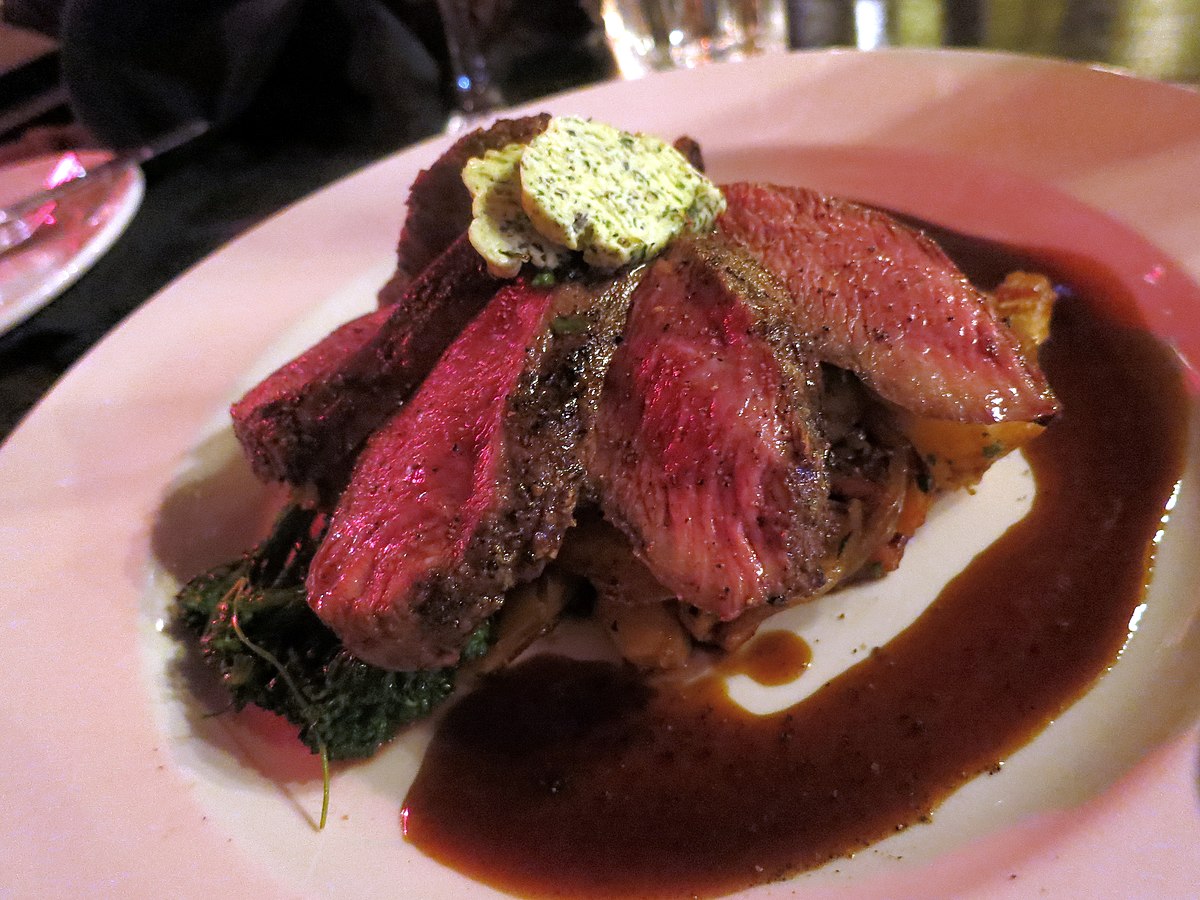
Flat iron steak is a newer cut that has gained popularity for its tenderness and rich flavor. It’s taken from the shoulder and is known for its even marbling and great texture. This cut is excellent for grilling, pan-searing, or broiling, offering a versatile cooking experience. One reason to buy flat iron steak is its combination of flavor and affordability. It provides a tender steak experience without the high price tag. Its consistent quality and ease of cooking make it a favorite for many.
To Avoid: Blade Steak
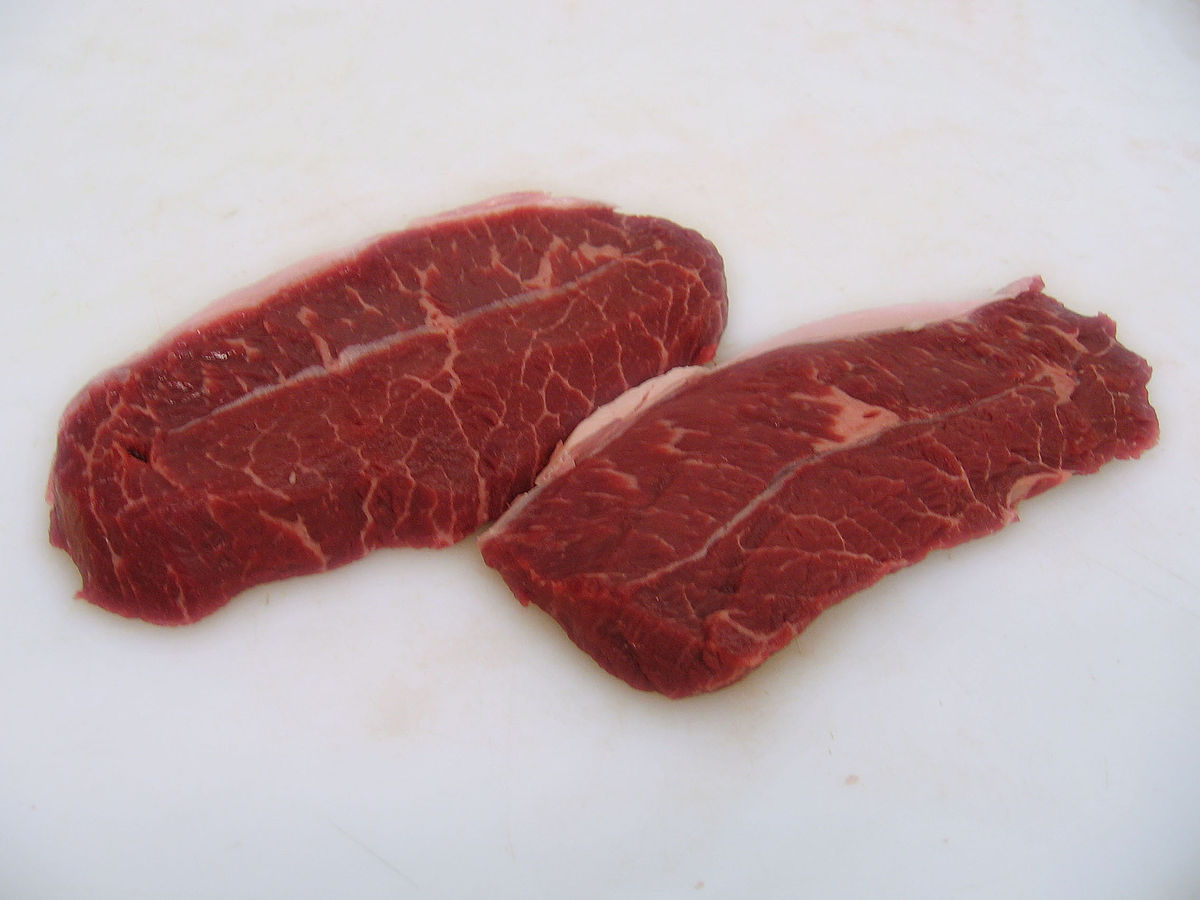
Blade steak comes from the shoulder and is known for its rich flavor but can be very tough if not cooked properly. It’s best suited for slow-cooking methods like braising to break down the tough connective tissue. While it offers a beefy taste, the texture can be off-putting for those looking for a quick-cooking steak. Blade steak is an economical choice, great for dishes that require long, slow cooking. However, for those seeking immediate tenderness and ease of preparation, it might not be ideal.
To Buy: New York Strip
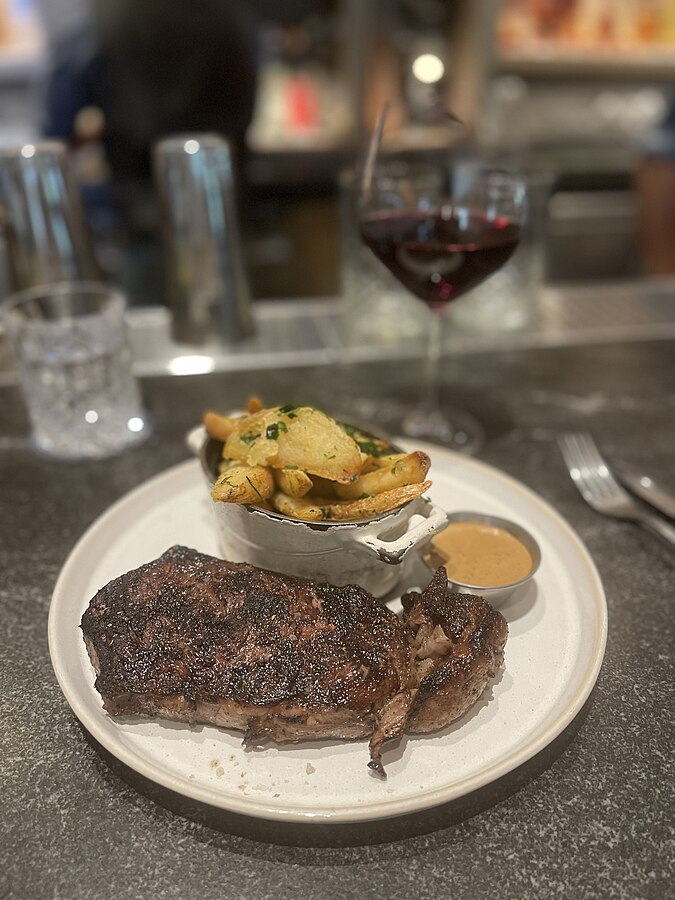
New York strip steak is known for its excellent balance of flavor and tenderness. This cut is taken from the short loin of the cow and is well-marbled, providing a rich taste and juicy texture. It’s ideal for grilling or pan-searing and is a favorite in steakhouses. One reason to buy a New York strip is its versatility and reliable quality. While it might not be as tender as a filet mignon, its robust flavor makes up for it. Its consistent performance makes it a go-to choice for many steak enthusiasts.
To Avoid: Oxtail
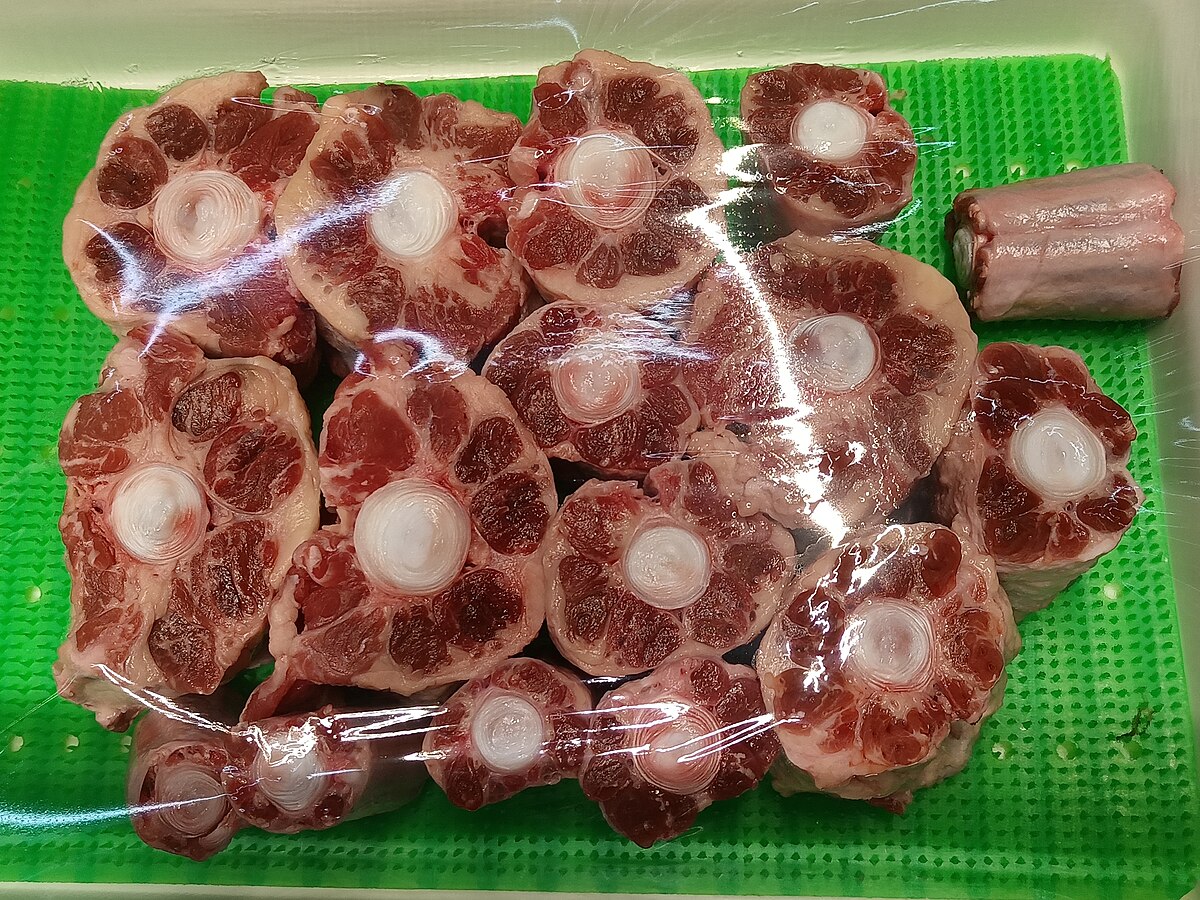
Oxtail is not a traditional steak cut and is known for its use in slow-cooked dishes like soups and stews. While it offers a rich and gelatinous texture when cooked properly, it’s not suitable for quick grilling or pan-searing. The cooking process for oxtail is lengthy, often requiring several hours to become tender. Despite its flavor, the time and effort required might not be worth it for those seeking a quick meal. Its best use is in slow-cooked recipes where its unique texture can be fully appreciated.
To Buy: Prime Rib
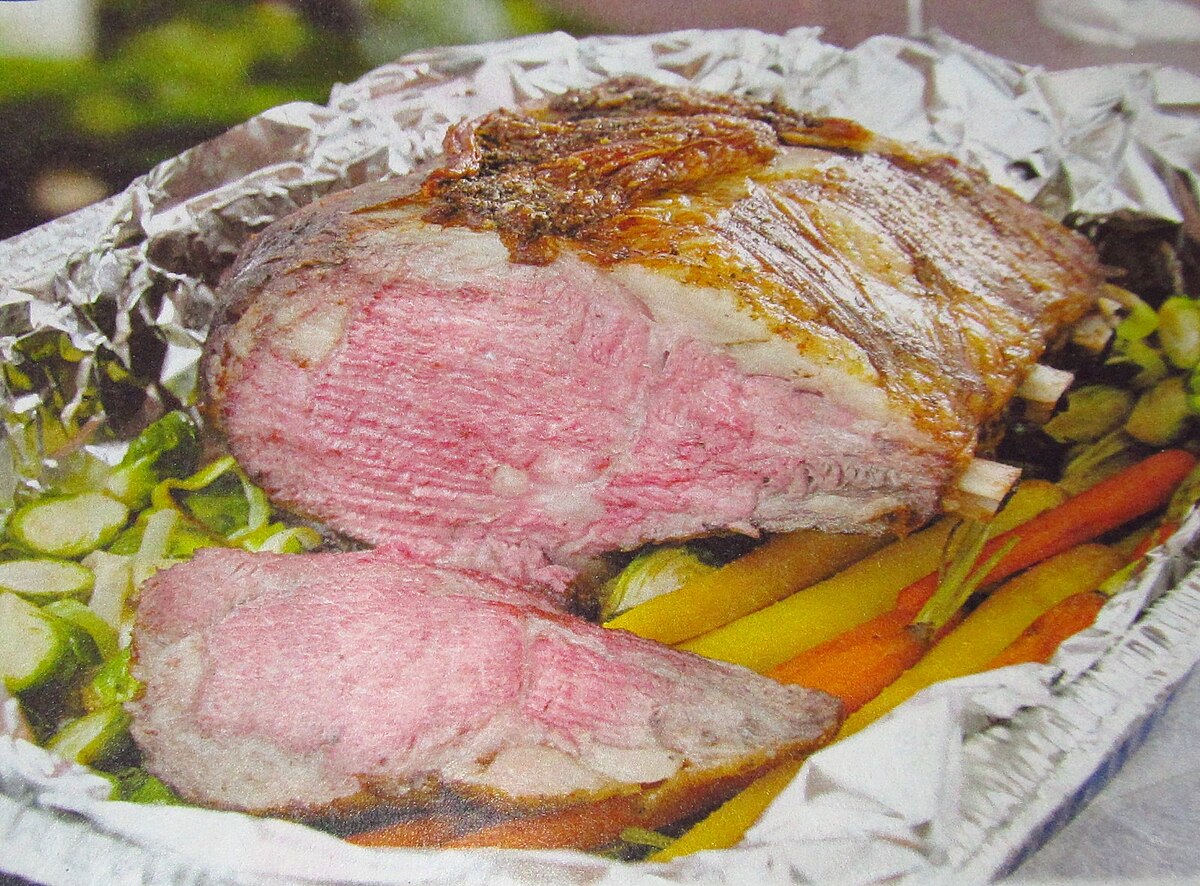
Prime rib is a classic cut known for its marbling, tenderness, and rich flavor. Often served during special occasions, it provides a luxurious eating experience. This cut is best roasted or grilled slowly to bring out its natural juices and flavors. One reason to buy prime rib is its impressive presentation and succulent taste. It does require careful cooking to avoid drying out, but the effort is well worth it. Its combination of tenderness and flavor makes it a standout choice for celebrations.
To Avoid: Bottom Sirloin
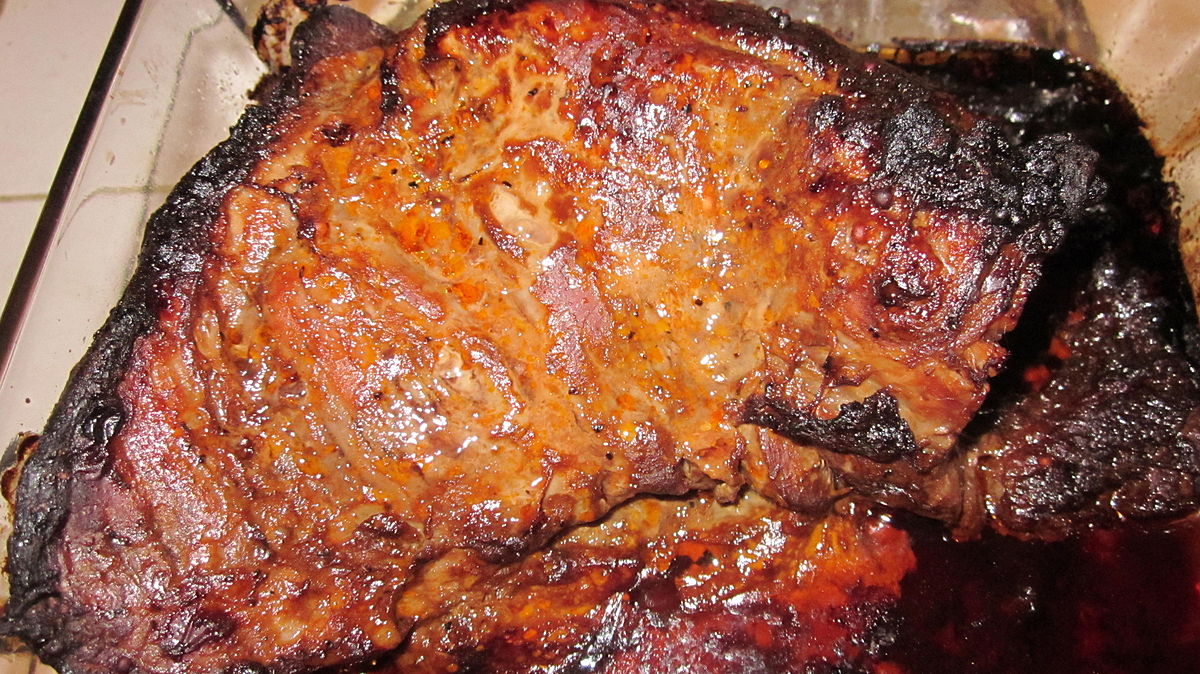
Bottom sirloin is a tougher cut compared to its top sirloin counterpart. It is typically used for ground beef or in recipes that require slow cooking to tenderize the meat. While it’s more affordable, it lacks the tenderness and flavor of premium steak cuts. Bottom sirloin can become chewy if not cooked properly, making it less desirable for quick steak dishes. For those on a budget, it might be a tempting option, but it requires extra effort to achieve good results.
To Buy: Hanger Steak
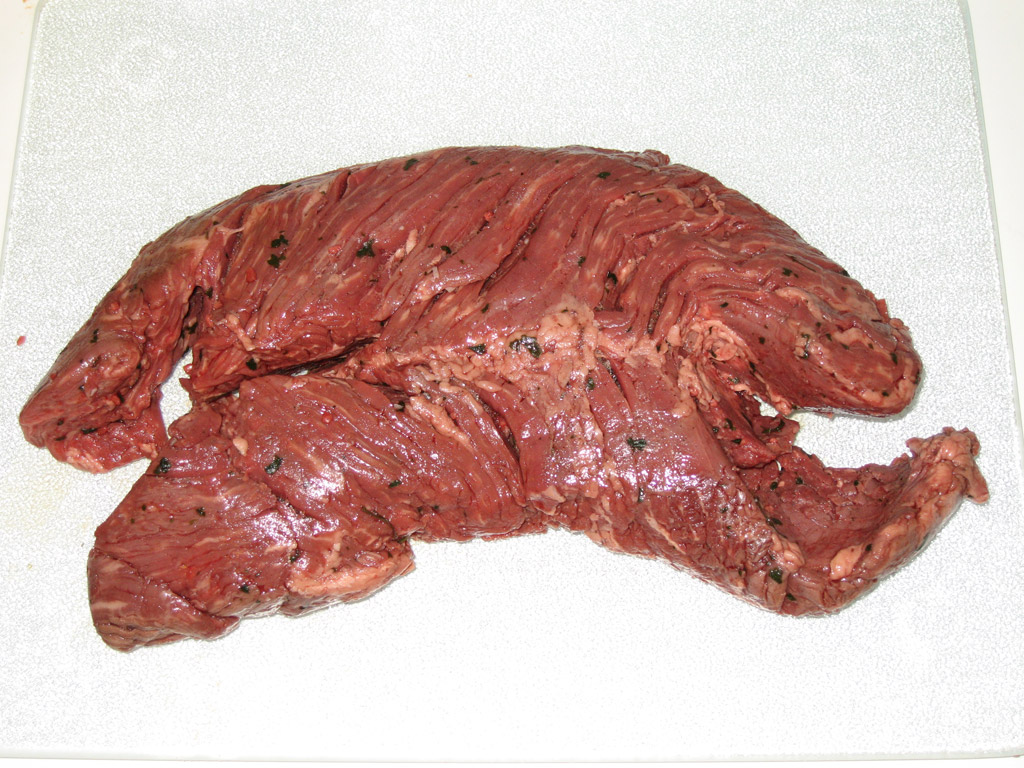
Hanger steak is known for its intense beefy flavor and is often referred to as the “butcher’s steak” because butchers would keep it for themselves. It has a coarse texture but is tender when cooked properly. This cut is best marinated and grilled or pan-seared to medium-rare. One reason to buy hanger steak is its unique flavor profile and affordability. However, it can be difficult to find as there is only one hanger steak per cow. Its distinct taste makes it a hidden gem for those who can find it.
To Avoid: Tri-Tip Steak
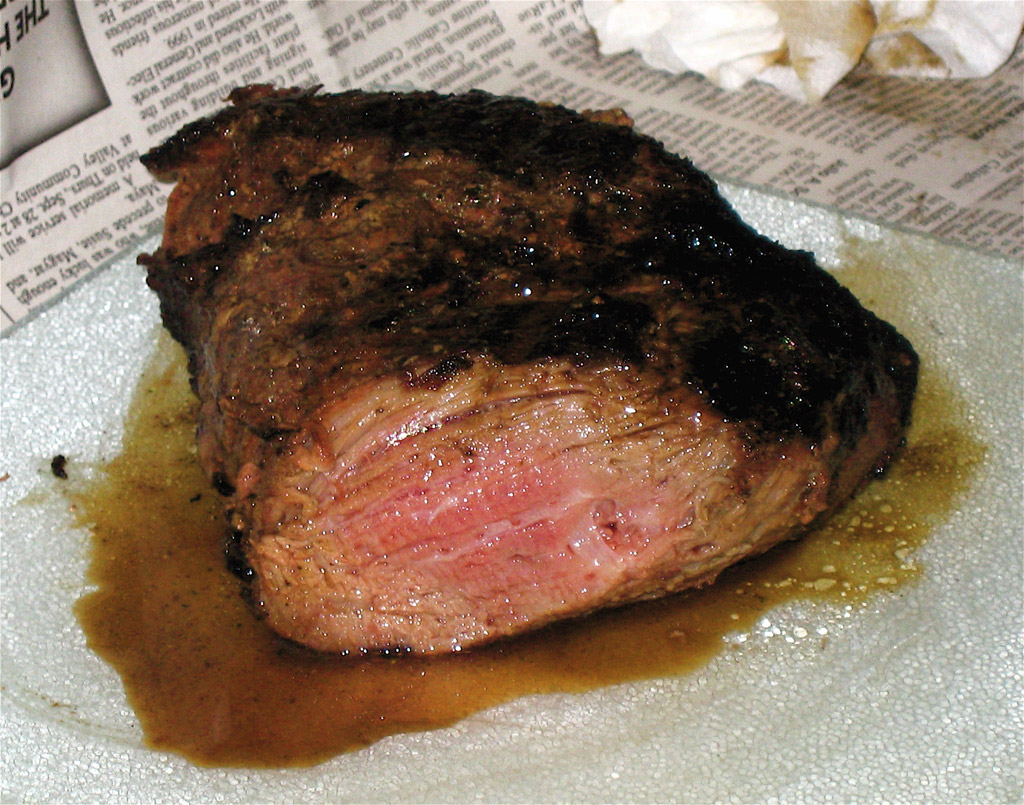
Tri-tip steak is a triangular cut from the bottom sirloin known for its rich flavor but can be tough if not cooked correctly. It is often used in barbecue and is popular in the western United States. While it offers good flavor, it requires careful cooking and slicing against the grain to ensure tenderness. Tri-tip is best suited for slow cooking or grilling at low temperatures. Its potential toughness can be a drawback for those seeking a quick and easy steak meal. It’s a flavorful cut but requires attention to detail in preparation.
To Buy: Chuck Steak
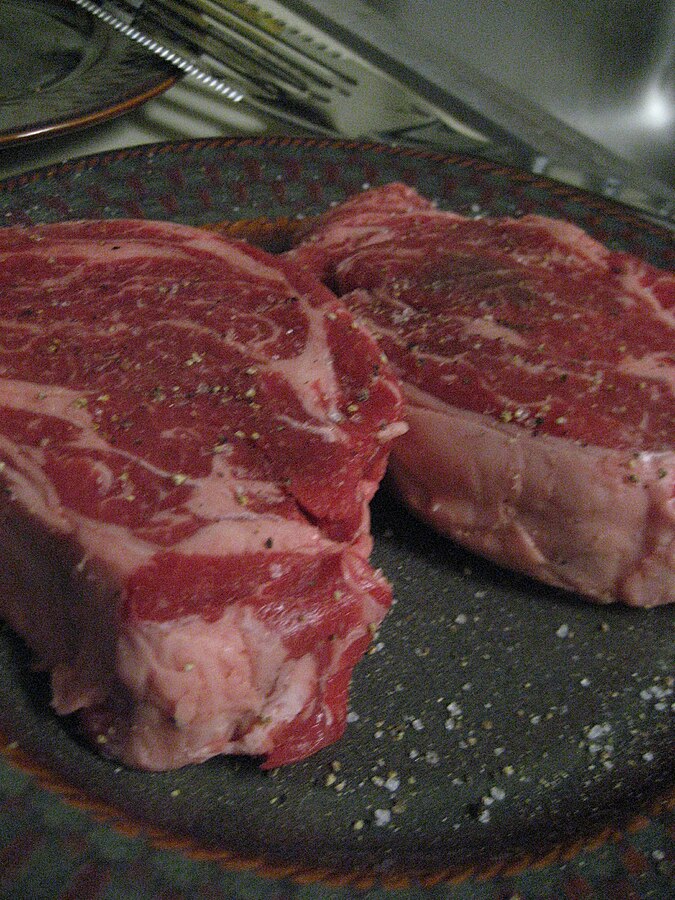
Chuck steak comes from the shoulder area and is known for its rich flavor and affordability. While it can be tough, proper cooking methods like braising or slow cooking can make it tender and delicious. Chuck steak is ideal for dishes that require a long cooking time to break down the connective tissues. One reason to buy chuck steak is its versatility and strong beefy taste. It’s a budget-friendly option that can yield excellent results with the right preparation. Its flavor and price point make it a great choice for stews and slow-cooked meals.
This article originally appeared on RetailShout
More from RetailShout
12 Must-Have Gadgets for a Successful Picnic
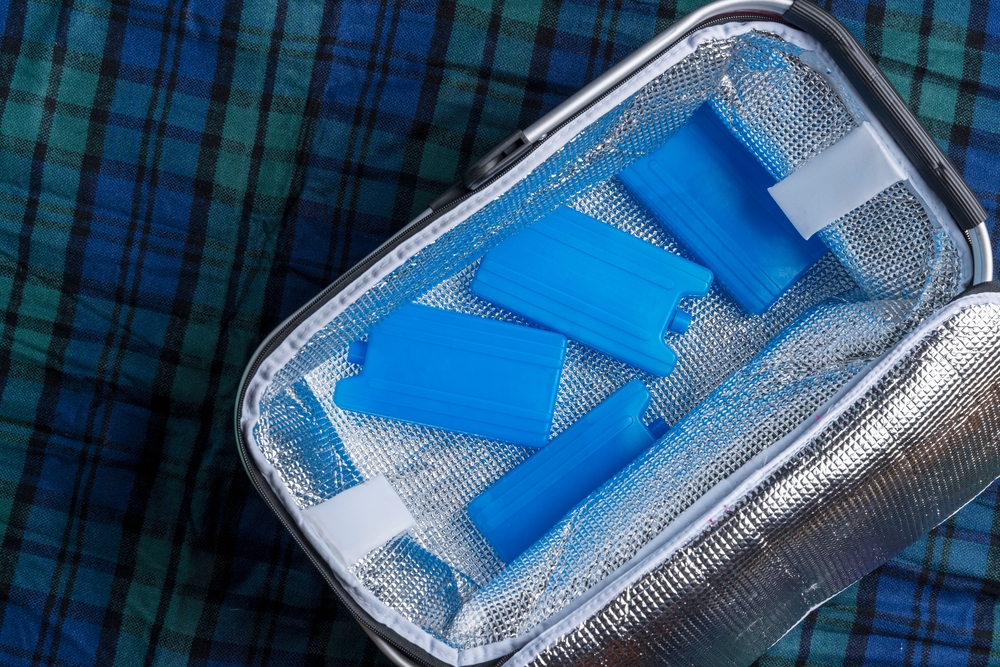
Planning a picnic can be both exciting and a bit overwhelming. Whether you’re heading to a local park or a scenic spot in the countryside, having the right gadgets can make all the difference. From keeping your food fresh to providing entertainment, the right gear ensures a hassle-free and enjoyable experience. Let’s dive into the must-have gadgets that will elevate your next picnic to a whole new level. Read More.
11 Key Facts About Canned Salmon You Should Know
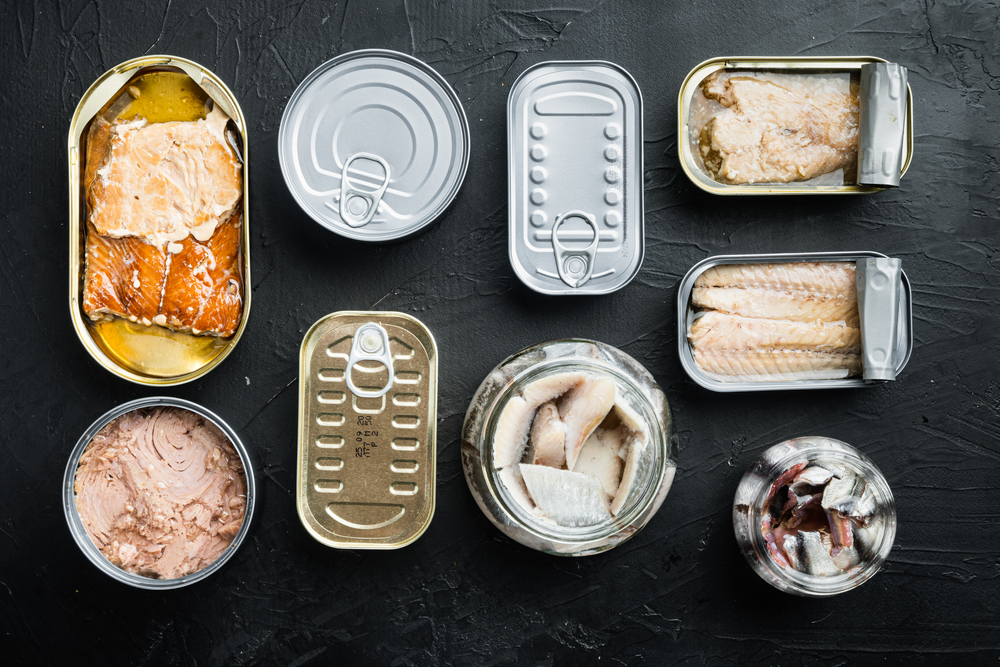
Want to know a bit more about canned salmon? Here’s a quick rundown that covers all you need to know. Canned salmon might just be one of the most underrated items sitting in your pantry. It’s more than just a convenient food choice; it has a fascinating blend of nutritional benefits and a storied history that stretches back over two centuries. If you’re looking for a smart, easy addition to your meals or just curious about this staple, you’re in for some interesting insights. Read More.
14 Best Ready-to-Eat Food Deals at Costco
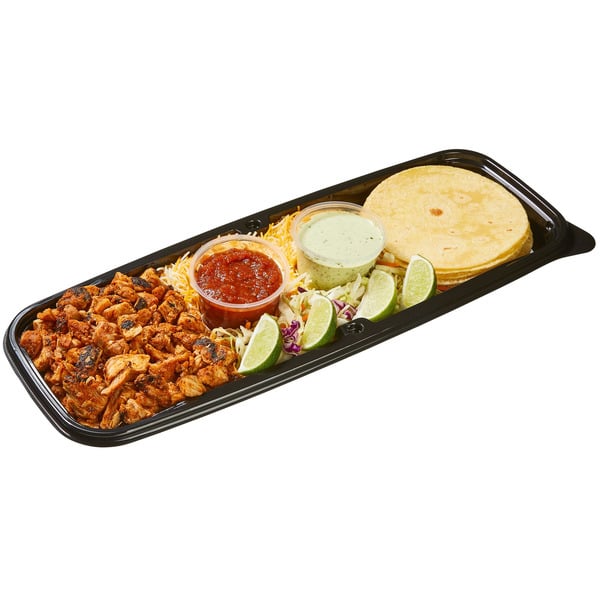
Costco has a variety of prepared foods that make mealtime easy and tasty. They’re so delicious you won’t believe they’re ready-made! Whether you’re pressed for time or just don’t feel like cooking, Costco’s got you covered with a variety of convenient options. From savory street tacos to hearty lasagna, you’ll be surprised Costco offers these kinds of foods. Read More.


